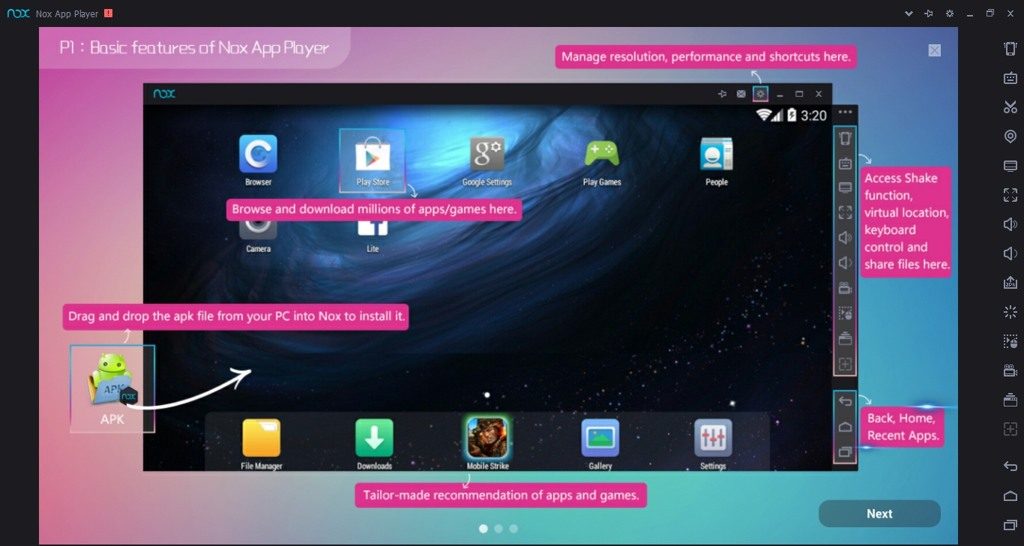


You can set the amount of RAM, Screen resolution, FPS, and graphics engine to be used by the emulator according to your machine’s capabilities.Ĭustom DNS, Root mode, and Cache performance policy can also be changed according to user’s requirements.

One of the hot-selling points of this emulator is Key Mapping. Honestly, I wouldn’t worry unless I’m running on 2 GIG of RAM and a Pentium 4 processor which really can’t handle multi-tasking. The whole escapade seems well thought out, and we're looking forward to not having to sign into Amazon just to play Google games, or download an emulator.The emulator comes pre-loaded with some third-party apps, preferably the ones sponsoring them so can’t really a complaint. Thankfully, Google has some advice (opens in new tab) on that matter. Otherwise people will be pawing at their screens wondering why the game's not working properly. Of course, any developers looking to get their games up on PC will need to port them effectively, and get the controls right. Hardware virtualization must be turned on.However, there are some limitations for the app: AMD systems with less than 1GB VRAM are unsupported, along with "all Lenovo ThinkPads," and there are some other light system requirements (opens in new tab): Speaking of compatibility, where the Windows Subsystem for Android was only available on Windows 11 machines, Google Play Games will work for anyone on Windows 10 v2004 or above, which is great for those who have followed our advice (opens in new tab) and waited to install the latest OS. Once you do gain access, though, you'll be able to play and sync your Android games to the cloud, and will be able to pick up your game where you left off on any compatible device.


 0 kommentar(er)
0 kommentar(er)
